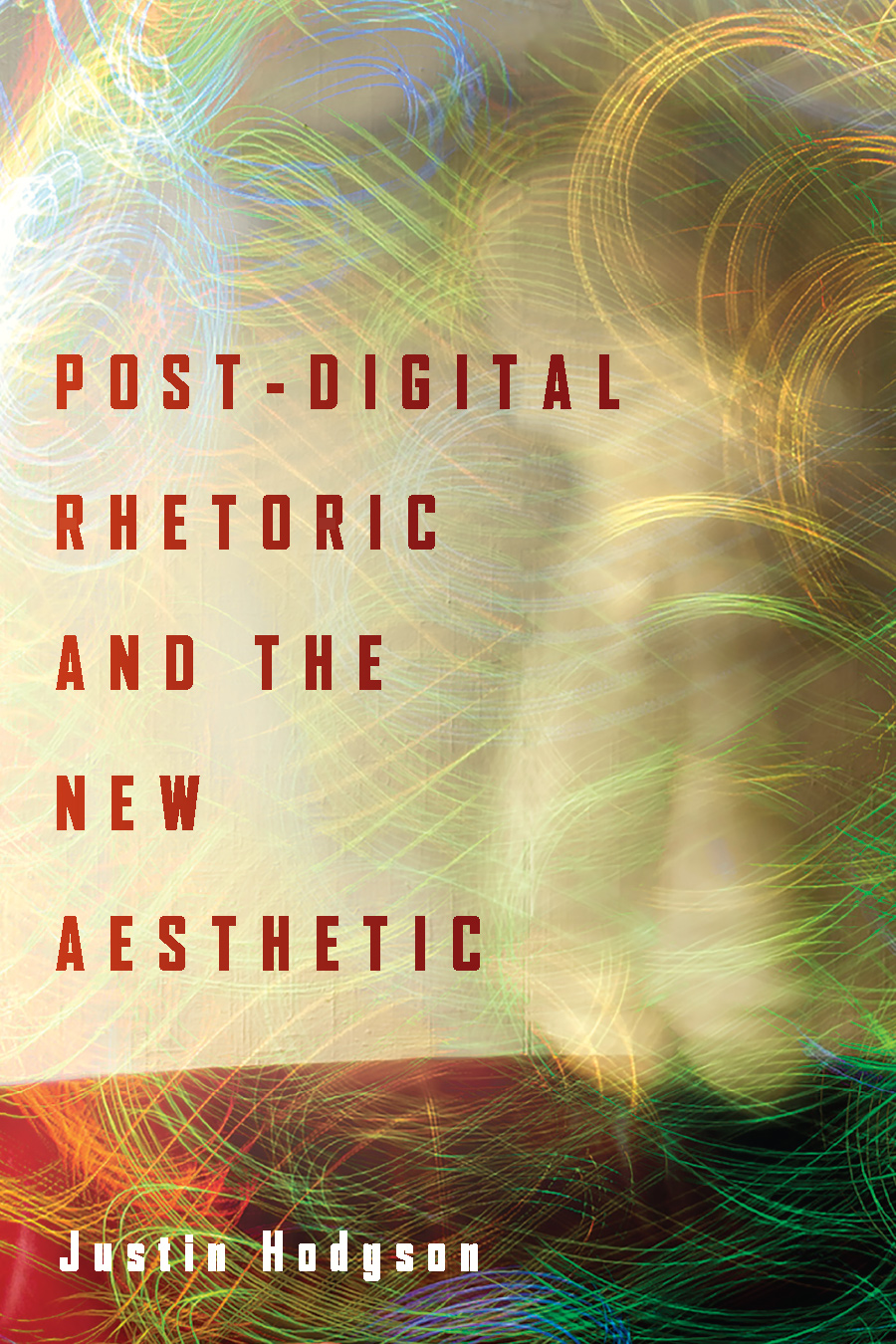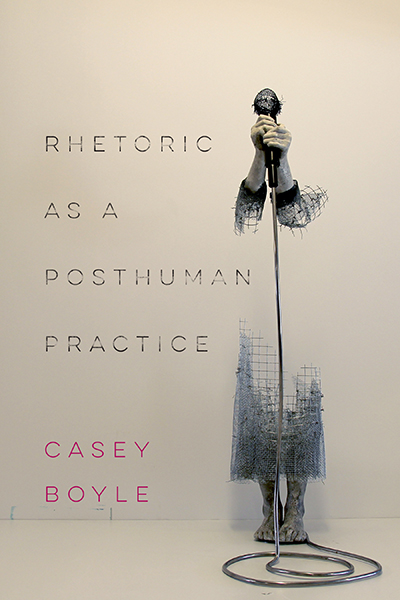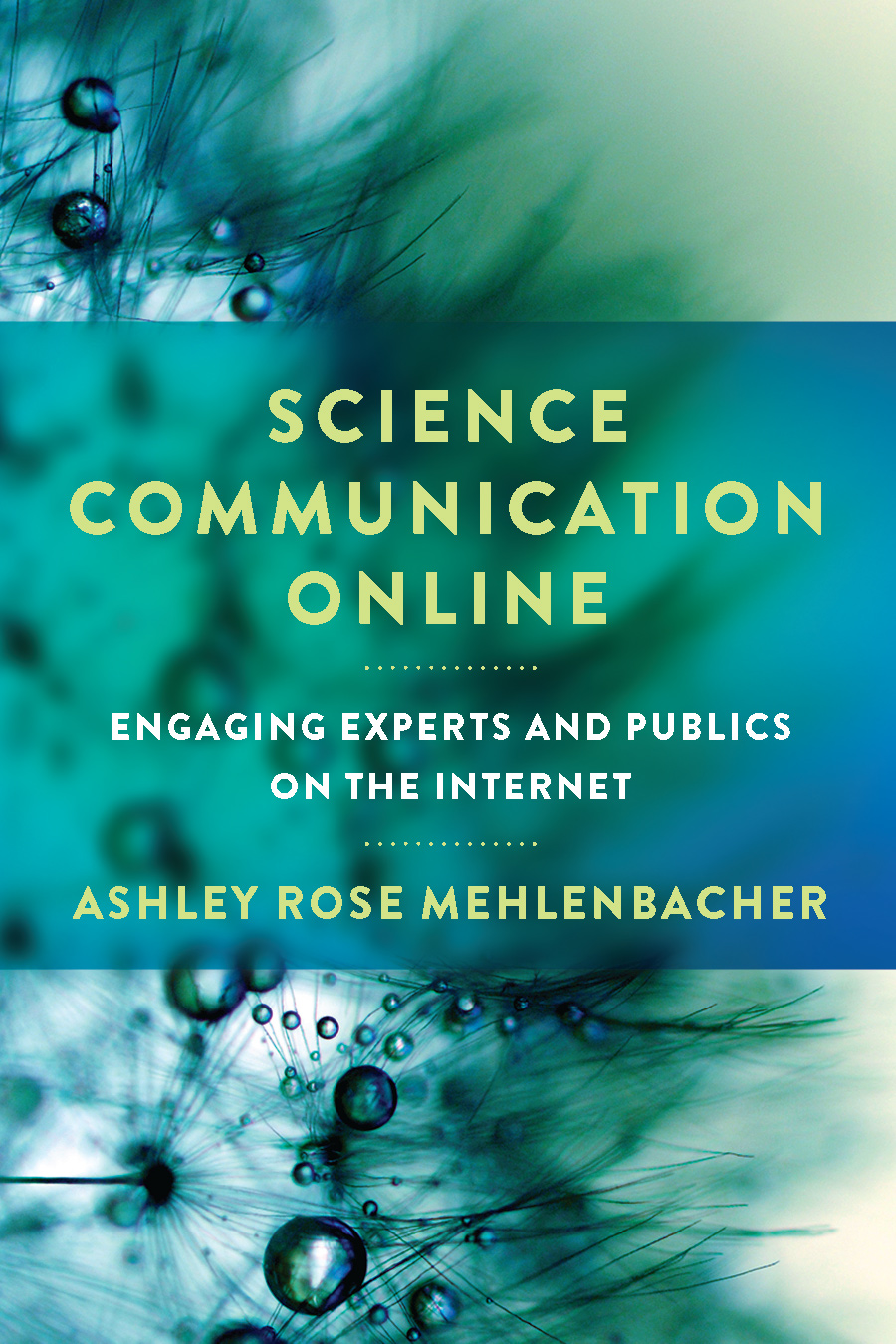“This book develops important new ways of thinking about technology and rhetoric, particularly given its attention to media ecologies that blur the line between ‘online’ and ‘offline’ life. It joins a new and emerging trend, pushing beyond keyboards and desktop computing and theorizing digital rhetoric for a broader range of digital technologies.” —James J. Brown Jr.
“By exposing and engaging the New Aesthetic, Hodgson marshals its artifacts toward creating a new and exciting vocabulary for Digital Rhetoric. This work pushes the boundaries of current scholarship and will certainly have an important impact on the field.” —Sarah J. Arroyo
The proliferation of smart devices, digital media, and network technologies has led to everyday people experiencing everyday things increasingly on and through the screen. In fact, much of the world has become so saturated by digital mediations that many individuals have adopted digitally inflected sensibilities. This gestures not simply toward posthumanism, but more fundamentally toward an altogether post-digital condition—one in which the boundaries between the “real” and the “digital” have become blurred and technology has fundamentally reconfigured how we make sense of the world.
Post-Digital Rhetoric and the New Aesthetic takes stock of these reconfigurations and their implications for rhetorical studies by taking up the New Aesthetic—a movement introduced by artist/digital futurist James Bridle that was meant to capture something of a digital way of seeing by identifying aesthetic values that could not exist without computational and digital technologies. Bringing together work in rhetoric, art, and digital media studies, Hodgson treats the New Aesthetic as a rhetorical ecology rather than simply an aesthetic movement, allowing him to provide operative guides for the knowing, doing, and making of rhetoric in a post-digital culture.
Justin Hodgson is Assistant Professor at Indiana University, Bloomington.
Contents
List of Illustrations
Acknowledgments
Introduction Medial Orientations: A Cautionary Tale
Chapter 1 The New Aesthetic and (Post-)Digital Rhetoric
Chapter 2 Rhetorical Ecologies and New Aestheticism
Chapter 3 Eversion as/of Design and the Blurring of Rhetorical Binaries
Chapter 4 Pixel Orientation and the Technologized Human Sensorium
Chapter 5 Human–Technology Making and a Willingness to Play
Chapter 6 Hyperawareness of Mediation and the Shift to Medial Experience
Works Cited
Index




